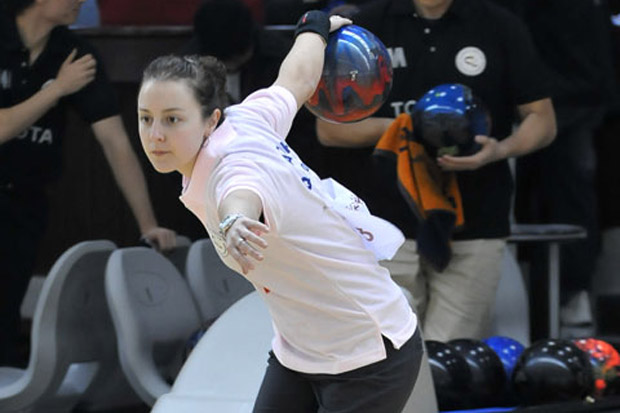Bowling
Sport Overview
There is evidence that sports similar to bowling were played in ancient Egypt. Homer’s epic Greek poem The Iliad also contains hints of bowling. During the Middle Ages, a form of bowling became popular among monks. It was in the 1800s that ninepin bowling took hold in the United States where it was attractive to gamblers. To curb gambling, an 1841 law made ninepin bowling alleys illegal. To skirt the law, gamblers changed the rules of the game simply by adding an extra pin. Thus tenpin bowling was born. It is now the standard for the game.
Bowling has never officially been part of the Olympic program, but an exhibition of the sport was included at Seoul 1988. Bowling has been part of the Pan American Games since 1991.
Bowling is contested on wooden or synthetic lanes that are 60 feet long and 41.5 inches wide. Games are divided into 10 frames, with each bowler given two attempts per frame to topple the pins. Each pin is worth one point. A strike (recorded when all the pins are knocked down with the first ball) counts for 10 points plus bonus points for pins knocked over on the next two throws. A spare (recorded when all the pins are knocked down with two balls) counts for 10 points plus bonus points for the pins knocked over on the next throw. Strikes on the first two balls of the final frame allow the bowler to take a third throw, therefore a perfect game is a score of 300 points, equal to 12 consecutive strikes.







